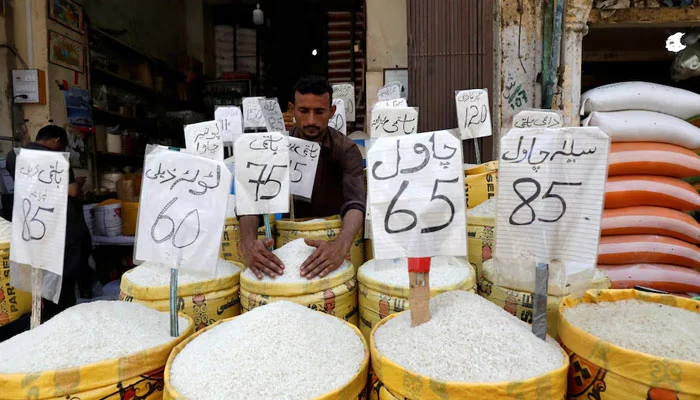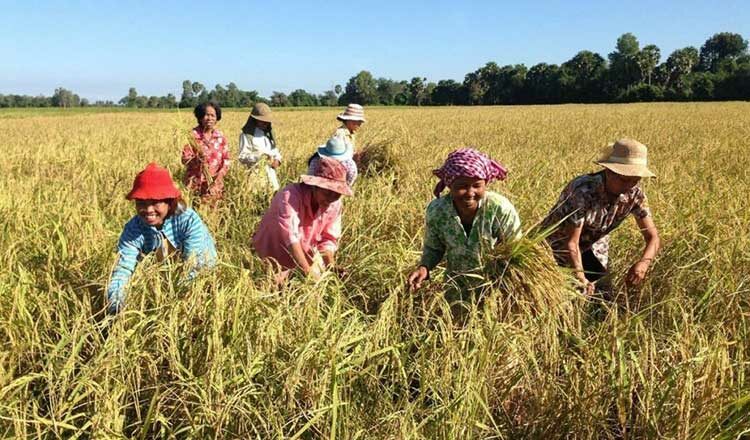
The Role of Agriculture in Global Food Security
July 31, 2024
Challenges and Opportunities in Sindh’s Agricultural Sector
August 1, 2024Rice is the staple food source for billions of people around the world, and its successful cultivation depends on proper water management. Understanding the water requirements of rice plants at different growth stages is essential to achieve optimum yield and maintain stability. This blog shows the water requirements of rice plants from planting to harvest.
Germination and Early Seedling Stage
During the seedling and early seedling stages, rice plants require adequate water to ensure proper root development and seed establishment to strengthen the crop’s roots in the soil for a healthy crop. The soil should be constantly moist but not waterlogged. There is usually a thin layer of water in the soil, about 2-3 cm deep, to provide the necessary moisture. Adequate drainage is also important to prevent waterlogging, which can promote disease and poor seed growth. Due to lack of water, the rice crop will be stronger, which will increase the production, which will cause many losses.
Vegetative Stage
In the vegetative stage there is rapid growth and development of leaves, stems and roots. During this period, rice plants need a constant and adequate supply of water to keep the crop healthy. The field is usually filled with water to a depth of 5-10 cm. This leads to stronger crop yields and helps humans manage nutrient uptake, weed pressure, and temperature regulation. It is important to keep this water level constant, as runoff can stress plants and slow their growth.
Reproductive Stage
As rice plants enter the reproductive stage, which includes leaf initiation and flowering, their water requirements are high and they must meet their needs to ensure a strong rice crop. Continuous flooding of 5-10 cm should be maintained to help the growth of panicles and ensure proper pollination which will give good yield in its time period which will maintain good environment. Water stress during this critical stage can lead to poor grain filling and reduced yield. It is also important to monitor the field for any signs of water shortage and address them immediately. With which the water will give the crop its good yield.
Ripening Stage
During the ripening stage, the water requirement of the rice plants starts to decrease, at which time less water should be given. Shifting focus from maintaining high water levels to reducing water availability in plants leads to water timing. It helps in ripening and drying of the grain which prevents damage. About two weeks before the expected harvest, the fields are usually drained to dry the soil and facilitate easy harvesting. Adequate timing of water deficit is important to prevent any adverse effects on grain quality. Irrigation of the rice crop at the right time will reduce the yield and increase the time period which may cause damage.

Conclusion
Understanding the water needs of rice plants throughout their growth stages is essential for successful cultivation and optimal yields. From maintaining moisture during germination to managing water levels during the vegetative and reproductive stages, and finally reducing water during the ripening stage, each phase requires careful attention. By following these water management practices, farmers can ensure healthy rice crops, conserve water, and achieve sustainable production.
Writing this blog means that the rice crop should have water standing continuously at 10 to 15 C degrees Celsius.
The topic for writing this blog has been taken from the post of a farmer from the Sindh Abadgar Board Facebook page.





